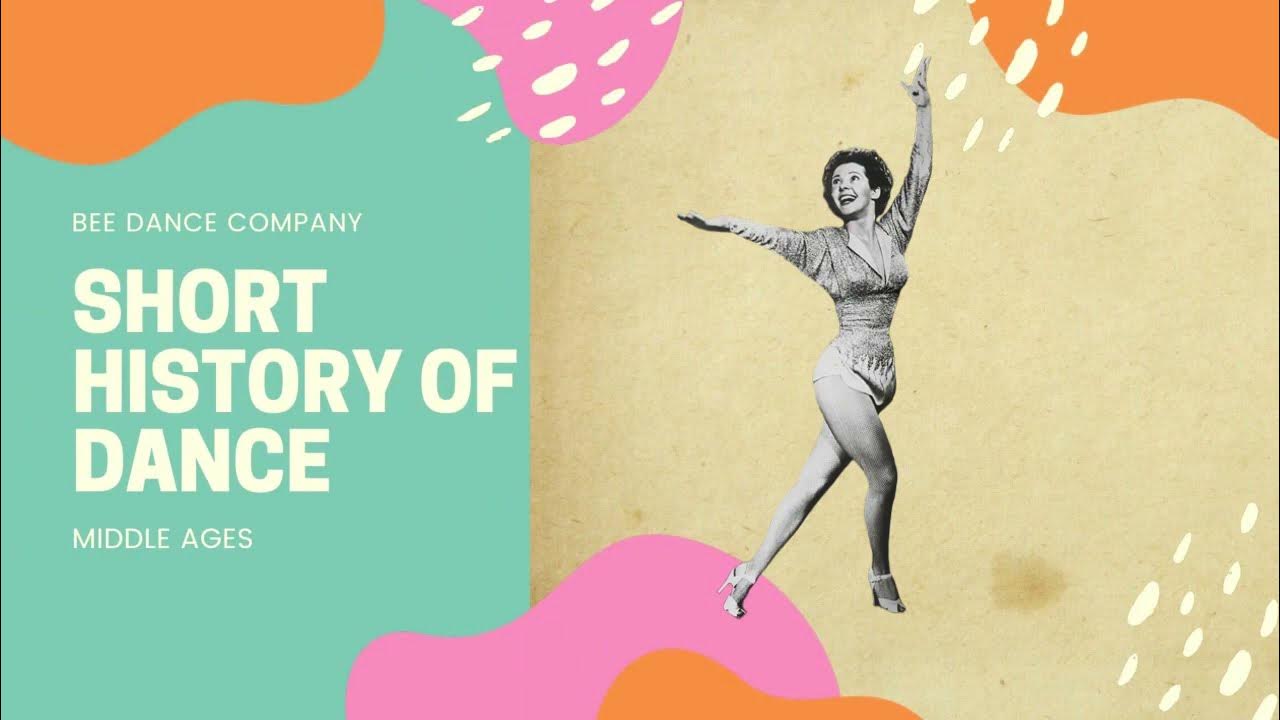DANCES FROM THE PAST (PE 3)
Summary
TLDRThis educational video delves into the historical significance of dance across various ancient cultures. It explores the evolution of dance from prehistoric times, where it served as a fundamental form of communication and cultural expression, to its role in religious rituals in ancient Egypt, Greece, and Rome. The video highlights how dance was intertwined with beliefs, daily life events, and even military training in some societies. It also touches on the structured and religious nature of dance in ancient Greece and the erotic and comedic elements in Roman performances. The script concludes with a look at dance during the Middle Ages and the Renaissance, emphasizing its transition to a more romantic and intimate form of expression, often associated with courtly love and societal norms.
Takeaways
- 🕺 Dance is considered one of the oldest forms of art, deeply embedded in various cultures throughout history.
- 🗣️ In prehistoric times, dance was a form of communication, often tied to significant life events such as birth, puberty, courtship, marriage, and death.
- 🎶 Early forms of dance did not have the concept of rhythm or melody as we understand it today; instead, sounds were created through clapping, chanting, and stomping.
- 🏺 Ancient Egyptian dance was primarily religious, with major dancers including kings, priests, and virgin dancers, all playing roles in religious ceremonies.
- 🏛️ In Ancient Greece, dance was highly organized and centered around religious celebrations, entertainment, and theatrical performances.
- 💃 The Cretans used dance as a form of military training to instill discipline among their soldiers.
- 🏟️ Roman dances were performed for religious and social entertainment, often incorporating erotic and comic elements, and were sometimes performed by slaves.
- 🎭 Pantomime was a significant performance art in Ancient Rome, where dancers used expressive gestures to convey stories without speech.
- 🏰 During the Middle Ages and the Renaissance, dance served as a form of celebration, amusement, and entertainment, often associated with the church or societal events.
- 👫 Partner dances became popular in the Middle Ages and Renaissance, reflecting romantic and courtly themes, in contrast to the more erotic focus of Roman dance.
Q & A
What is the main topic discussed in the video script?
-The main topic discussed in the video script is the history and significance of dances from the past, focusing on their cultural and religious roles in various civilizations such as prehistoric societies, Ancient Egypt, Ancient Greece, Ancient Rome, and the Middle Ages and Renaissance period.
Why was dance important in prehistoric times according to the script?
-In prehistoric times, dance was important as it was embedded in the culture and daily lives of people, serving as a means of communication and revolving around significant life events such as birth, puberty, courtship, marriage, and death. It was also a way to signify something and was not about merits or recognition.
What role did dance play in Ancient Egyptian society as mentioned in the script?
-In Ancient Egyptian society, dance was a primary way of expressing religious beliefs and practices. Major dancers included the king, priests who performed magical dances for gods and other spiritual entities, and virgin dancers trained to perform during ceremonies led by priests.
How did the Ancient Greeks incorporate dance into their culture?
-The Ancient Greeks incorporated dance into their culture through religious celebrations, entertainment, and theatrical performances. They had a structured approach to dance, with a total of 95,000 dances calculated to have existed, focusing on religious, entertainment, and military training aspects.
What is the significance of dance in Ancient Roman society as per the script?
-In Ancient Roman society, dance was primarily performed for religious and social entertainment purposes. It included burlesk, which was overly erotic and comic, and was often performed by slaves from Greece and other conquered territories.
What are the three main reasons why dance exists in different cultures as outlined in the script?
-The three main reasons why dance exists in different cultures are communication, religiosity, and as a pastime or entertainment.
How did dance serve as a form of communication in prehistoric societies?
-In prehistoric societies, dance served as a form of communication by conveying messages and meanings through movements and rhythms, as structured languages did not yet exist.
What is the difference between the role of dance in Ancient Greek and Ancient Roman armies as discussed in the script?
-In Ancient Greek armies, dance was used as a tool for training to impose and promote discipline among the soldiers. In contrast, Ancient Roman armies used dance more for entertainment and performances, such as war dances by the college of 24 dancing priests for religious and social purposes.
What types of dances were prevalent during the Middle Ages and the Renaissance according to the script?
-During the Middle Ages and the Renaissance, prevalent types of dances included liturgical or sacred dances performed by the clergy and secular dances that were more intimate and romantic, often associated with courtly love and chivalry.
How did the concept of dance evolve from prehistoric times to the Renaissance as described in the script?
-The concept of dance evolved from being a functional and cultural part of communication in prehistoric times, to a religious and celebratory practice in Ancient civilizations, and then to a more structured and intimate form of expression during the Middle Ages and Renaissance, reflecting societal values and courtly manners.
Outlines

このセクションは有料ユーザー限定です。 アクセスするには、アップグレードをお願いします。
今すぐアップグレードMindmap

このセクションは有料ユーザー限定です。 アクセスするには、アップグレードをお願いします。
今すぐアップグレードKeywords

このセクションは有料ユーザー限定です。 アクセスするには、アップグレードをお願いします。
今すぐアップグレードHighlights

このセクションは有料ユーザー限定です。 アクセスするには、アップグレードをお願いします。
今すぐアップグレードTranscripts

このセクションは有料ユーザー限定です。 アクセスするには、アップグレードをお願いします。
今すぐアップグレード5.0 / 5 (0 votes)






